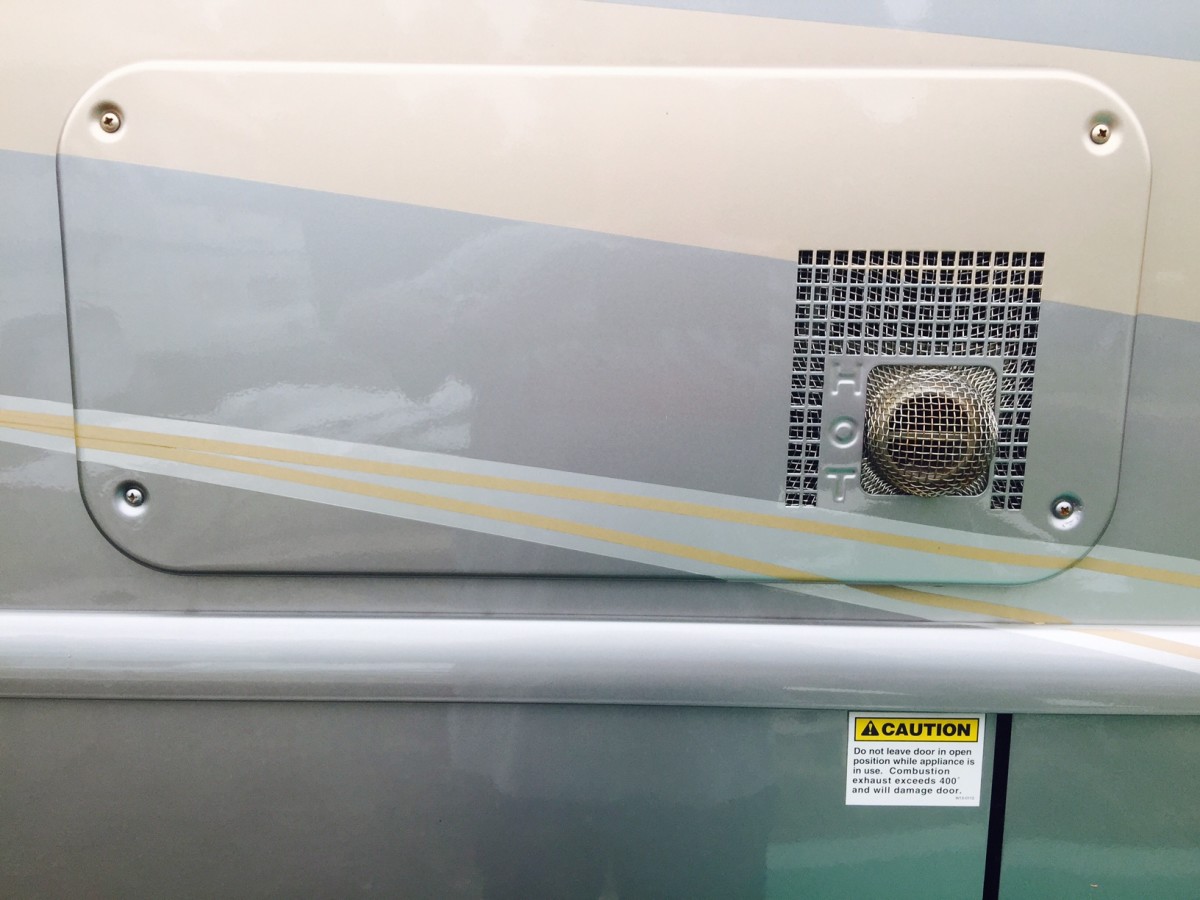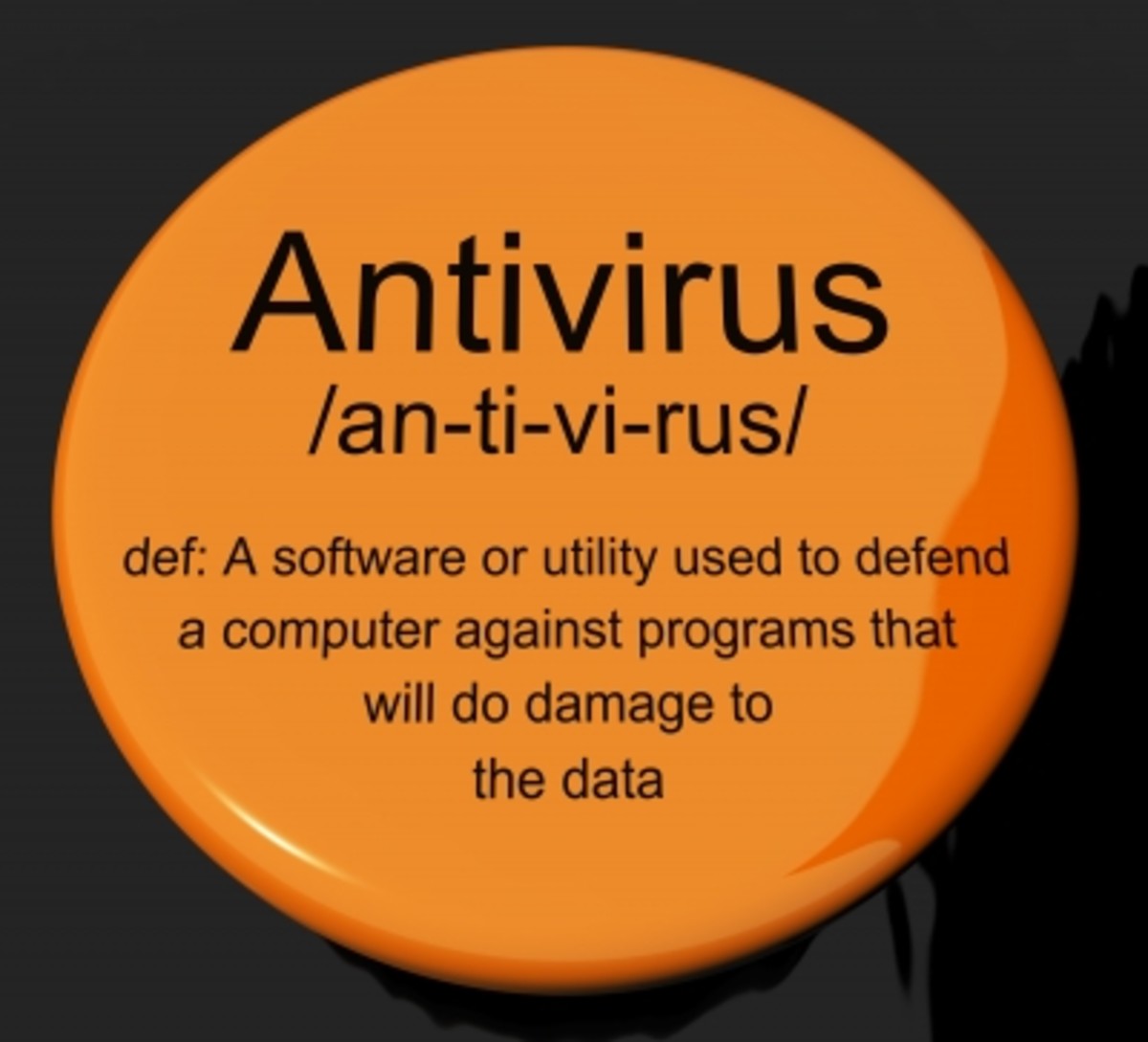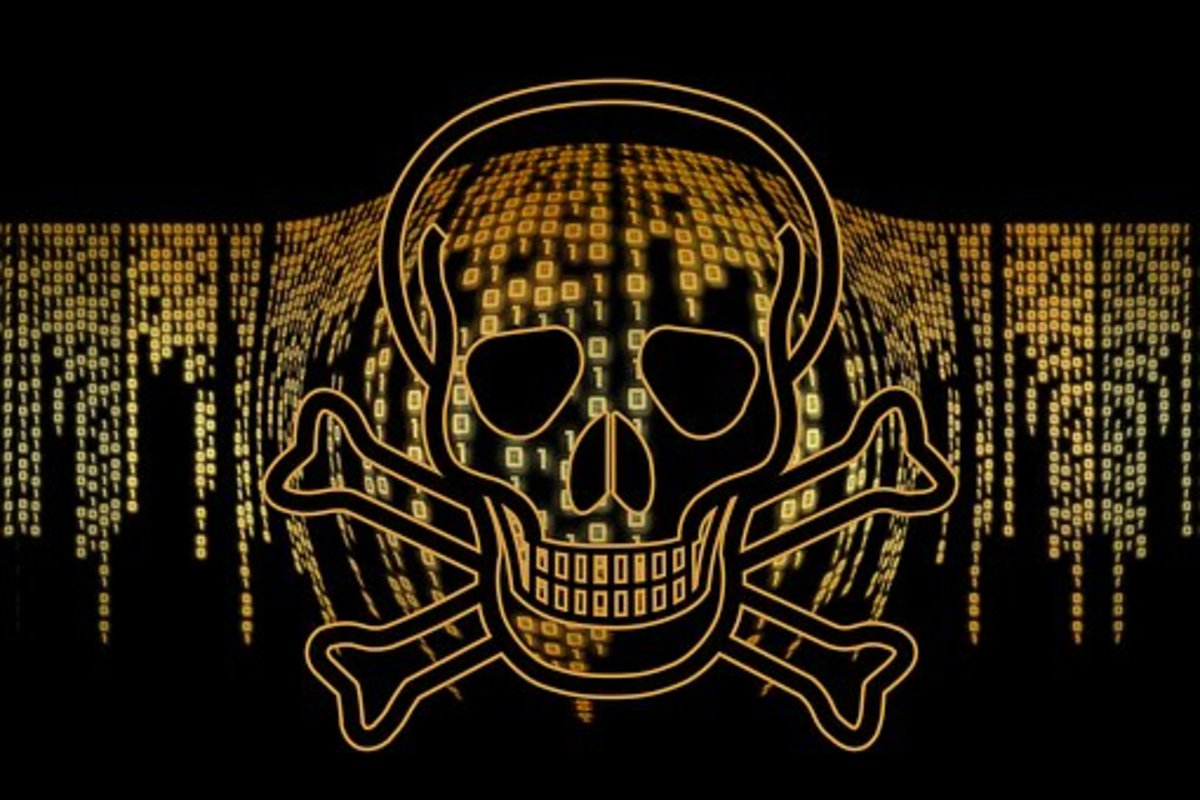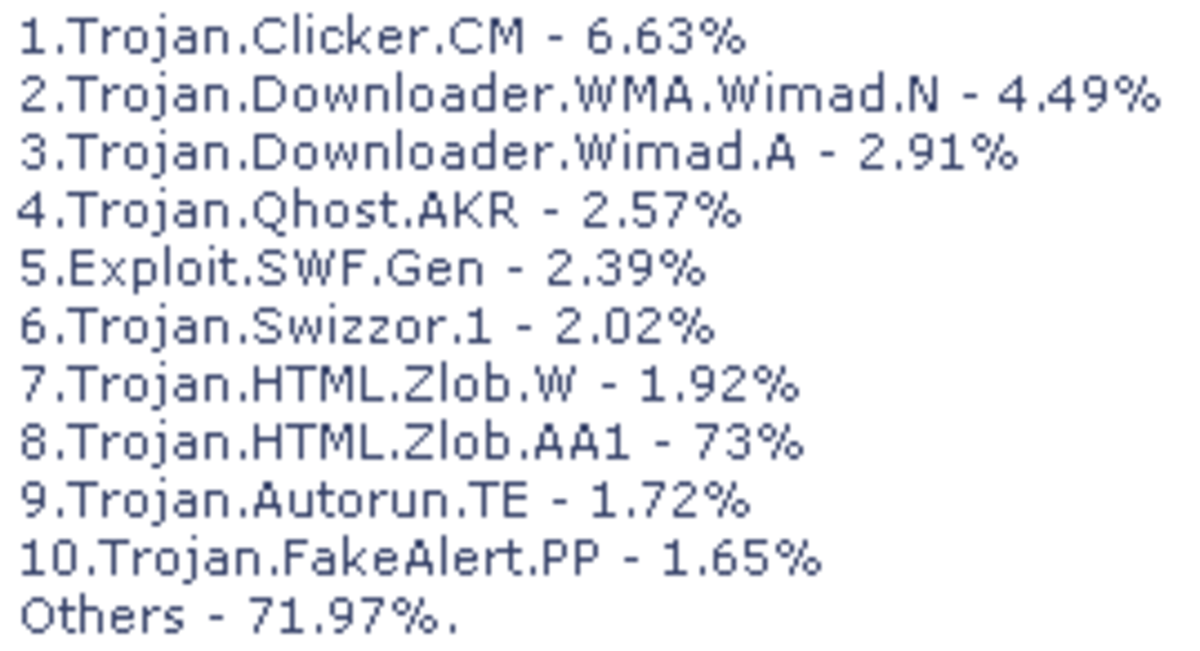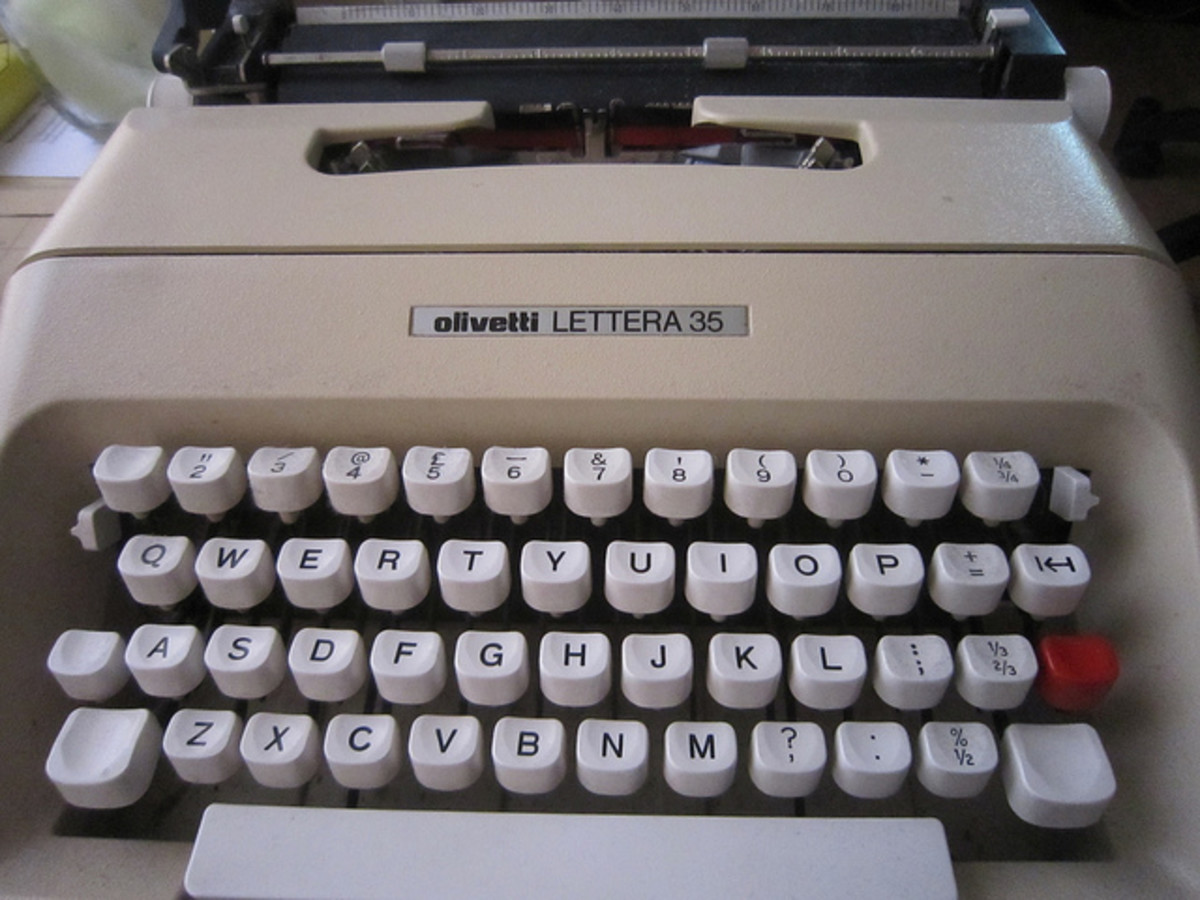- HubPages»
- Technology»
- Computers & Software»
- Computer How-Tos & Tutorials
System Security Problems and Preventive Maintenance
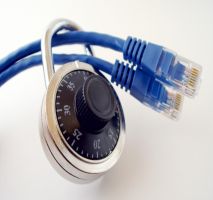
Security implementation should secure your systems and network resources. The correct users should still be able to easily access the system and network resources that they need to use for their everyday job. However vital and confidential data should be restricted, even to trusted users that don't require it for their everyday job.
Security-related problems
Here are some areas that you will have to consider to make sure that your security is airtight.
BIOS
The BIOS in a computers should be protected with a password. If a user knows the password for the bios setup, then they can access it, and make some important system changes, including booting up a different hard drive, maybe a new one has been plugged in with your consent to the USB port. They can also change dates, which can be important if you want to activate a virus.
Smart cards
Smart cards can be used to authenticate your network users. You will have problems with the smart cards if they are worn or broken though. You will also need to make sure that you have an authentication, or a regular audit process in place, as well as keeping logs, and regularly looking for any suspicious activity. This would normally occur outwith normal office hours.
Biometrics
Biometric devices are a very secure way to verify the identity of a user. A bio metric device can immediately detect if there is an unauthorized person trying to gain access to your system.
Unexpected software
Unexpected software may be downloaded by a user in order to help them with a problem they have, an improvement they are trying to make in their job, or even just for fun. This can be dangerous, as most of the time unsophisticated users might just download a program that may actually be spyware or a virus. You will have to secure your systems to avoid this happening, and its especially important for internet cafes. You will find most of the time, and internet cafe will re-format the hard drive clean everyday.
Filesystem and data access
To make sure that any user can't just gain access to certain files, or confidential information, especially for the department such as HR, you will have to correctly set the file system permissions on certain ares of the file system. This will allow you to make sure that only a certain group of people can access a certain part of the system, and can help in the tracking down of who has had access recently.
Backup
Make sure that you have in place a regular backup process, and even more important is that you regular test that the backups are working after they are restored. You will need to check also that the backups are held somewhere safe, and there is a preference today that the backups should be keep offsite, on a cloud server. This can be important, however don't neglect using hard media. It can still be the fastest, and safest method of backing up and restoring data.
Data migration
If you are migrating data either across the network, or from a single pc to another, you should make sure that you are not running the risk of copying any problems into the new location. Obviously an in depth virus scan is important, but you should also make sure that you have setup, and tested all the correct permissions before hand. You can easily find that after the migration its too late to detect a hidden or suspicious problem.
Preventive maintenance procedures
Preventive maintenance procedures for computer security include the installation of antivirus software, making sure the applications, drivers and operating systems are updated, securing any network devices, configuring auditing and checking your logs, and also educating your users. Some of these procedures are:
Antivirus software.
Every computer in your network should have installed is an antivirus program. If you are a home user i would recommend AVG. Its free, and regularly updated. The anti virus software will regularly monitor your pc for any viruses and malicious software in the computers, and networks. It helps with the early detection and the removal of any malicious code. Antivirus programs use special virus signatures to detect the presence of the virus in a computer. As newer virus are written, and released, the anti virus makers will release application updates. As an administrator you should ensure that the virus signatures are updated regularly, on your anti virus software. Most of the time they can be updated to ensure that they download any new signature files as soon as they are made available.
Operating system updates.
Operating systems makers including Microsoft, or Novell, and linux keep updating their operating systems and applications to plug any security leaks that might occur, or be spotted by hackers. These updates are called software updates and they are available free from the manufacturers web sites. Updates are in the following categories:
Hotfixes
A hotfix is a piece of software that is used to fix a specific problem with the operating system. Hotfixes are usually released as soon as the manufacturer finds a serious issue with the operating system. Usually a hotfix is just for one major specific loophole, or problem. You should always test the hotfixes on non production desktop before you install it into a production environment. Since hot fixes are released very quickly, sometimes even they have bugs. There has been a number of hotfixes that were released that included critical security holes.
Patches
A software patch is released to address a small problem in an application or an OS. Most of the time the patches are related to a security bug, but they can often address other problems, such as a compatibility issue. Patches are usually not as urgent as a hotfix. Again, you should test them on a production system first.
Service packs
A service pack is a collection of all the hotfixes, and updates that have been released by the manufacturer, up to a specific date.. Manufacturers will usually test service packs extensively, so you can usually be confident that they will work, and don't normally give you any problems. You should still test them though on non production systems, before releasing them completely.

